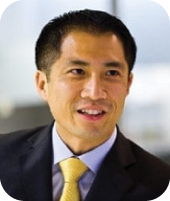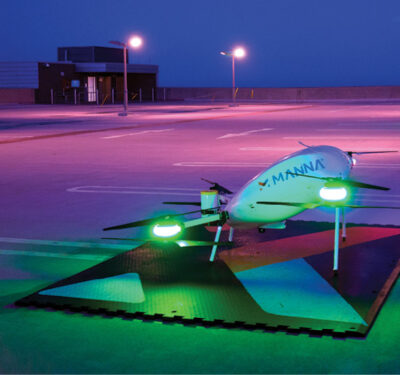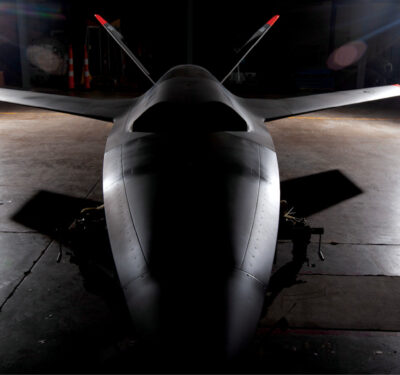
Peter Liu has been with Deloitte’s Federal Consulting practice since 2006, and is currently a managing director leading programs in UAS and C-UAS. His consulting across multiple sectors covers the full lifecycle from policy analysis to strategy to systems integration and operationalizing new technologies. He also advises on making systems into a viable business, guiding acquisitions and supporting governmental agencies that seek to foster a high-tech-friendly environment.
Q: What trends are you seeing in the security area?
A: Clearly, security connectivity is a big topic. Especially as automation and AI increase, that creates lots of new challenges around cybersecurity. We’re also seeing trends in terms of balancing the emerging technologies against new legal requirements and restrictions. And there’s increased scrutiny on the origins and the manufacturing of these technologies.
Q: What are your observations about UAS and the various commercial sectors?
A: Agriculture and energy are probably two of the best ones: When you can fly to cover a wide range of geography without having to put a lot of manpower to it, those are ideal scenarios. With autonomous drones, the more AI and the less somebody’s constantly monitoring it, the more compelling that business case becomes.
There’s the pace of technology innovation, and public acceptance. Cybersecurity is clearly a big focus: secured connectivity issues, as well as supply chain issues and privacy. For our federal clients, I think it’s about keeping up with industry. It’s an industry that’s not only being driven by the traditional players but hundreds of new companies, which are bringing together not only innovative technologies but innovative business models. Securing those technologies and knowing what kind of regulations they want to put in place has been challenging.
Q: How do Deloitte’s Technology Scouting programs dovetail with these issues?
A: It’s a huge part of it. Deloitte Technology Scouting programs draw from thousands of public and proprietary data sources, putting data into a big analytic engine, which we call a sensing bridge. Then, our experts use that information to keep up to date. In the UAS and counter-UAS world, that has been hugely useful for our clients. The industry is incredibly dynamic, so whether that is a defense-oriented company looking at what kind of capabilities are being created, or a domestic company looking to make accurate decisions, or a state looking to say, ‘Hey, I’m interested in what areas I might invest in to attract the right kind of economic growth,’ that kind of information has been powerful.
Q: What key challenges do you see going forward?
A: One challenge would be clearly identified roles between federal as well as state and local stakeholders, a clear regulatory framework that outlines those roles to make sure the different players know what they’re authorized to do, what the different technology options are that can enter into the National Airspace while obviously maintaining safety. That complexity still exists, because the different players have not all come to a common framework that is nice and clean. In many cases, the best practices for defense are not always applicable for civilian use, so knowing and navigating those issues is important.
Q: And the opportunities?
A: It’s an incredible time to be in this business. There is that low barrier of entry. This technology and the newness of it allows for a lot of different innovation. The scale, the development, deployment of UAS—we’re even doing pro bono efforts in Africa as we look to do wonderful things that help with sustainability, with medical services and things like that. It really is a surprisingly global business.






